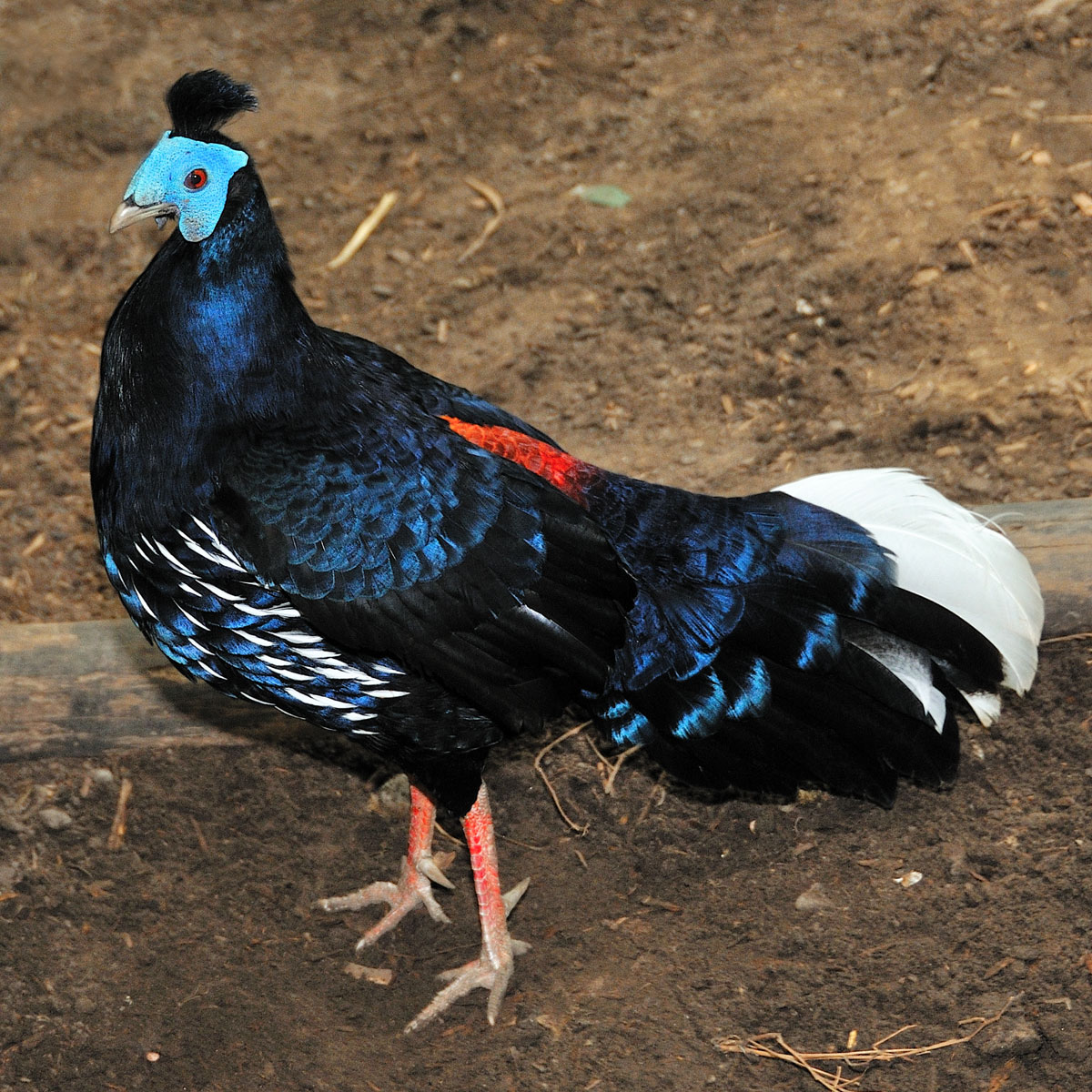Alerts
Please be advised that our bird aviaries are open!
Your Toronto Zoo is committed to the health and safety of the animals in our care. We take proactive steps to protect our birds from Avian Influenza which has been confirmed in a wild bird in southern Ontario, and some birds may still be off display.
Please note Splash Island is still closed and will not open until July due to unforeseen delays in construction. Please watch for updates on https://www.torontozoo.com/tz/splash or on our social media pages. Thank you!
Please note the following animals are currently not on display due to various reasons including Avian Bird Flu, and Covid-19 sensitivity:
- Flamingo, peacock, owl, bald eagle, and aviaries
- Some Kids Zoo Animals
- Cougar
- Moose
- Kangaroo walk through (kangaroos are still visible)
- Axolotl
We apologize for the inconvenience!


Bird
Location at the Zoo:
Indo-Malaya
Region: Indomalaya
Malayan crested fireback pheasant
The crested fireback is a medium sized forest pheasant. The male measures from 65 to 70 cm weighing between 1812 and 2605 g. The female is somewhat smaller at 57 cm weighing up to 1600 g. They have distinctive crests and impressive facial decorations that play an important role in courtship displays. The male has a vivid blue facial skin and wattle, a bushy black crest and dark, purplish blue plumage with a reddish brown rump and a deep red lower back. The tail is white with black outer feathers. The female is a brown bird with spotted black and white flanks. It also has blue facial skin but a brown, somewhat shorter crest.Conservation Status: IUCN
